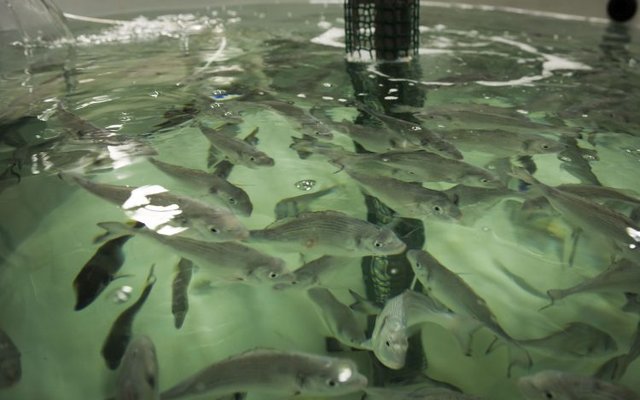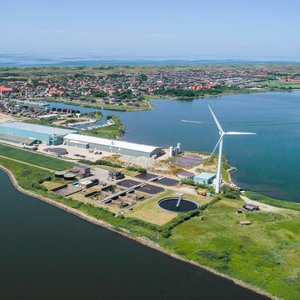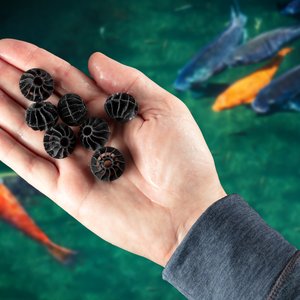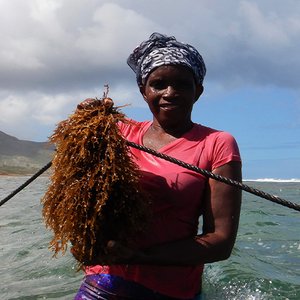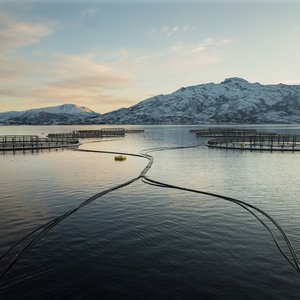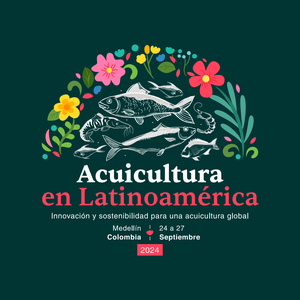A longer hatchery rearing period with fingerlings induced to exercise more by increasing water flow would allow better growth, strength and robustness in gilthead seabream (Sparus auratus) after the transfer to sea cages, a new study concluded.
Gilthead seabream is reared on-land in RAS or flow-through systems until 2-20g when they are transferred to sea cages. During the hatchery period, fingerlings are reared in tanks swimming against a current to stimulate their muscle growth and increase robustness. In this study, researchers tested the physiological effects of different flow regimes, from minimal flow to flow regimes inducing swimming exercise at 1-2 body lengths per second, for eight months in 1,500-liter tanks.
Results showed that water flow of one body length per second provided optimal conditions for growth and uniformity but also stress (lower initial plasma cortisol), robustness (higher condition factor and larger hearts) and energy mobilization (increased plasma glucose). Although flow improved growth linearly with swimming speed, the percentage of lordotic fish also increased with exercise, particularly high for swimming at two body lengths per second.
According to researchers, when considering an extension of the hatchery period in gilthead seabream, the optimal would be a swimming exercise that induces flow at one body length per second. Researchers suggested that the number of animals affected by vertebral lordosis could be limited by inducing exercise only for part of the day (6 hours) or by initiating flow conditioning at a later stage (around 14 g) in order to avoid an excessive exercise load in the earliest stage of development.
Exercise-enhanced growth of 15%, achieved in this study by increased feed intake and lower feed conversion ratio, would shorten the production cycle. The more robust seabream are expected to show lower disease and mortality rates. Changes in the muscle structure of exercised seabream may reflect more “meaty” flesh and, together with hydrodynamic changes in body shape, create more resemblance to wild seabream which is important for the whole-fish market, researchers concluded.
With increased flow, farmers could benefit from increased robustness as a mitigation measure against the negative physiological impact of handling, transport and acclimatization when they are transferred to sea cages.
Check out the study here.


